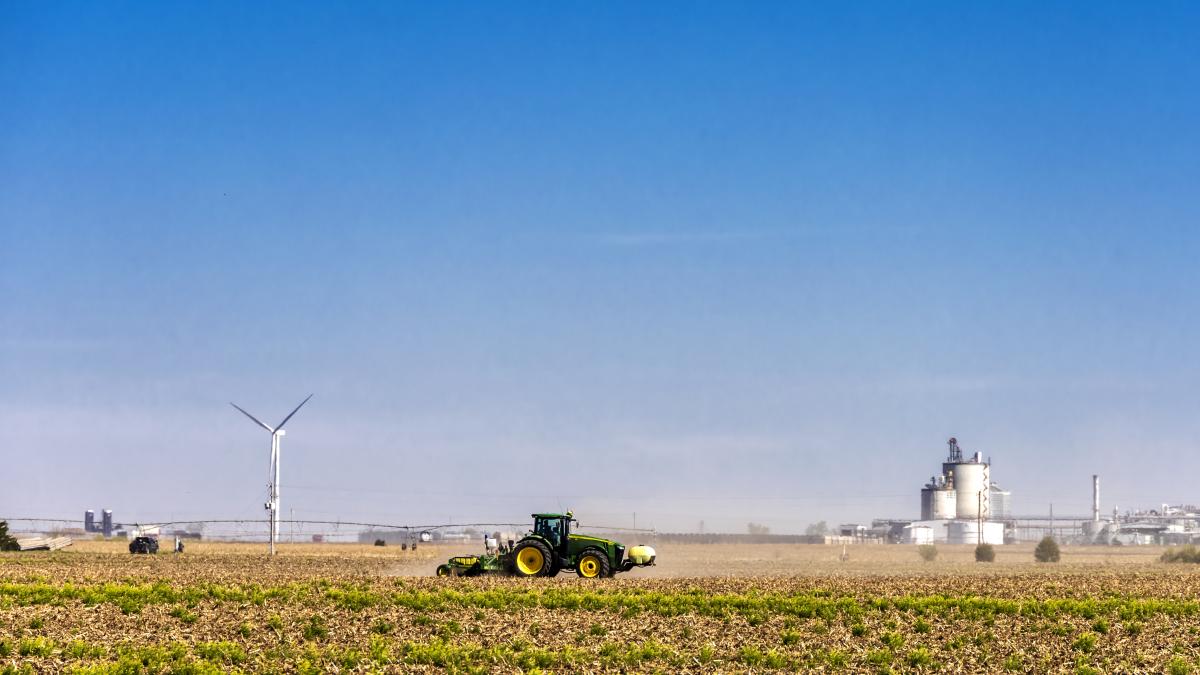This column was first published by Nebraska Farmer on Oct. 13, 2023, and is excerpted here with permission.
Nebraska farm income prospects in 2023 show a strong rebound from 2022 levels. Even as drought losses in 2022 lingered into 2023 in some regions of the state, crop yields that showed some recovery and cattle prices that continued higher helped bring overall farm income levels for 2023 to nearly $7.8 billon — the second-highest level on record, behind only 2021.
While final results and estimates won’t be certain for some time, the forecast suggests continued strength in the Nebraska farm economy.
The forecasts come from a collaboration of the Center for Agricultural Profitability (CAP) at the University of Nebraska-Lincoln and the Rural and Farm Finance (RaFF) Policy Analysis Center at the University of Missouri.
The latest forecast released in early October shows the farm income number for Nebraska in 2023 comes in at $7.77 billion, up substantially from the drought-stressed level of $6.6 billion in 2022 and behind only the $8 billion record of 2021.
The numbers are based on USDA Economic Research Service data for Nebraska through 2022 and national projections for 2023, as well as projections and modeling by RaFF and the Food and Agricultural Policy Research Institute (FAPRI), also at the University of Missouri.
While the farm income prospects show a strong rebound in Nebraska’s farm economy, some analysis by sector helps identify both strengths and challenges going forward.
Crop prospects
The farm income projections developed by CAP and RaFF show crop receipts for 2023 at $14 billion, a number that is actually down more than $2 billion from 2022. Commodity prices that are projected as much as 30% lower year over year lead to smaller receipts on marketings despite rebounding production that increases more than 15% for corn and more than 40% for wheat.
While receipts on marketings in 2023 looks to be lower than 2022, the accrual adjustment for beginning and ending inventory values is what makes 2023 look better. In 2022, the steep declines in production levels meant less estimated production in producer hands at the end of the year and a more than $2 billion adjustment downward in total crop production value.
In 2023, the rebound in production means a rebound in inventory levels and a minimal expected accrual adjustment. In total, the value of crop production (receipts plus home consumption and inventory adjustments) shows just a marginal increase from 2022 to 2023.
While 2023 showed recovery in the crop sector, the outlook ahead shows some challenges. Projected prices that fall over the coming decade toward more long-run average levels have a greater impact on expected receipts than the combination of projected trend-yield increases on relatively stable crop acres over time.
